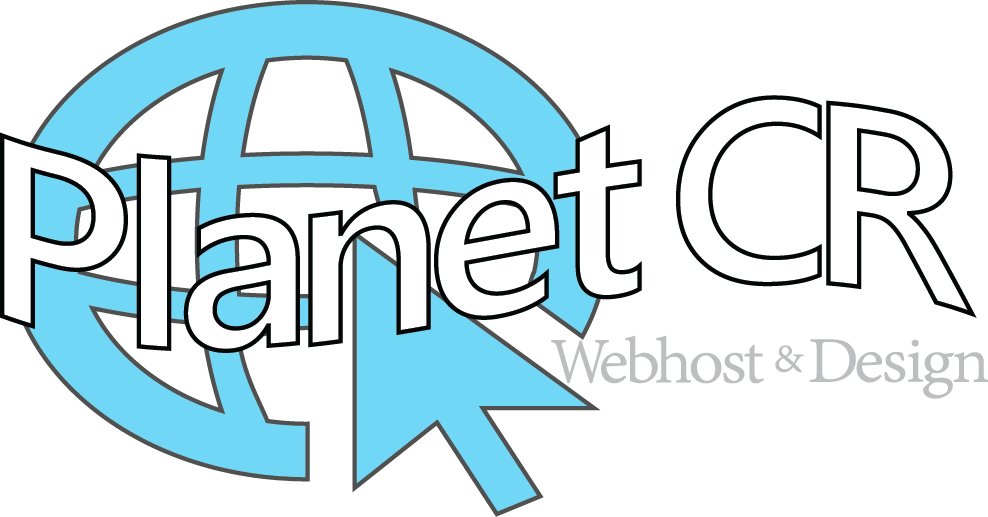If you’re running a small business and using Microsoft 365, you’ve probably encountered OneDrive and SharePoint. While they may seem similar, they are still different. Using them correctly for your workflow will increase efficiency and data security.
The Main Difference
- OneDrive is simpler and designed for individual file storage. It’s perfect for personal documents and one-on-one sharing.
- SharePoint is built for team collaboration. It offers advanced features like version control, permissions, and shared workspaces.
Use OneDrive if…
- You’re a solopreneur or freelancer (basically working alone)
- You need to store personal business files
- You want to share documents with clients via links
- You prefer a simple, user-friendly interface
Use SharePoint if…
- You have a team that collaborates on documents
- You want to build an internal knowledge base
- You manage shared resources like calendars, lists, or project folders
- You need version control and approval workflows
Security & Permissions
- OneDrive: User-level permissions
- SharePoint: Group-based access. Ideal for managing team roles and document security
Many people don’t realize that OneDrive and SharePoint are connected:
- Files shared in Microsoft Teams are stored in SharePoint
- Files you create in OneDrive can be moved to SharePoint for team access
- Both support co-authoring, version history, and cloud syncing
Many small businesses start with OneDrive and transition to SharePoint as their team grows. You don’t have to choose one over the other. You probably have access to both with your Microsoft 365 license. They’re designed to complement each other. Choosing between OneDrive and SharePoint depends on how your business operates. If you’re working solo or need quick file sharing, OneDrive is your go-to. If you’re collaborating with a team or managing shared resources, SharePoint offers the structure and control you need.
Still unsure? Try using both and see which fits your workflow best.
